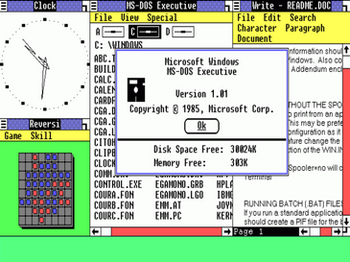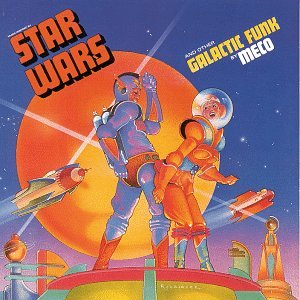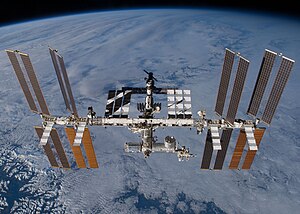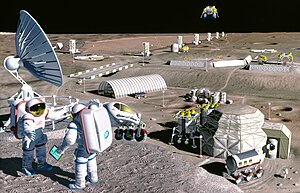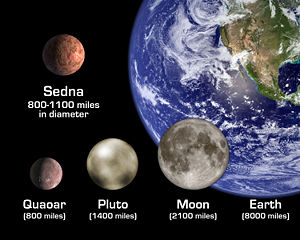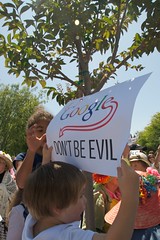 Image by TW Collins
Image by TW CollinsI have served as a professional writer, editor, speaker, community administrator, and software product manager for over 20 years. I had a regular radio show spot, my name on a provisional patent, and citations as a source in the Wikipedia to show for it. Google "Jay Garmon" and you'll get plenty of details. (Or just check out my lengthy bio page.)
I'm a reasonably smart guy who understands technology, and I'm offering my talents in exchange for your coin. Specifically, you can hire me as a...
- Writer of blogs, proposals, ads, scripts, or pithy commentary. If you need words strung together in interesting ways, I can get that done.
- Speaker on a variety of subjects, including how to use social media, emerging technology and the like. I also wrote a trivia column for ten years, which means I have a knack for making even the most obscure topics interesting, and I can probably do the same for you on most any subject. Particularly as it relates to tech.
- Strategist for software and interactive applications. I've overseen the development of features and functions for Web sites, including revamping a multimillion-dollar e-mail marketing system. I've launched HIPAA and PCI-compliant SaaS solutions for industry-leading healthcare software companies. If you're trying to make smarter, more effective customer-facing technology, I have a few bits of hard-earned wisdom I can bring to bear.
- I don't work for free. If your inquiry includes any version of the phrase "we can't pay you," spare both of us the effort, as this will only end in an awkward e-mail where I explain I actually get paid for this stuff. Reasonably well, reasonably often. I occasionally amend my speaking fees for non-profits and charities, but those are handled on a case-by-case basis and I agree to them rarely. You've been warned.
- I have a day job. This is not to say I am unavailable during normal business hours, but my undivided attention is not on the table (unless you're offering a great full-time gig at great full-time pay).
- I am a very public geek. Look over this blog, and you'll note a pervasive interest in science, science fiction, and online media. In the current online world, you need to have a certain measure of imagination to understand how all these new tools and trends work and evolve. Moreover, as everything is now public, pervasive, and persistent, communications skills have become more important than ever. There's no better thought-leader for the current economy than a sci-fi writer. But if having a loud and proud Star Trek fan associated with your brand is a problem, it is best we stop now, because that's who you're hiring, and your customers will figure that out pretty quickly.
I typically bid jobs based on how many hours I estimate they will require, and for speaking engagements this includes preparation, especially if you want a PowerPoint presentation in addition to my words and voice.
For recurring jobs -- such as an open-ended blogging assignment -- I discount my rate based on how much recurring work is required.
Finally, I am available on retainer, with the regular fee negotiated based on the expected level of time investment.
Questions, comments, or proposals should all be addressed to jay [at] jaygarmon [dot] net.
Questions, comments, or proposals should all be addressed to jay [at] jaygarmon [dot] net.




